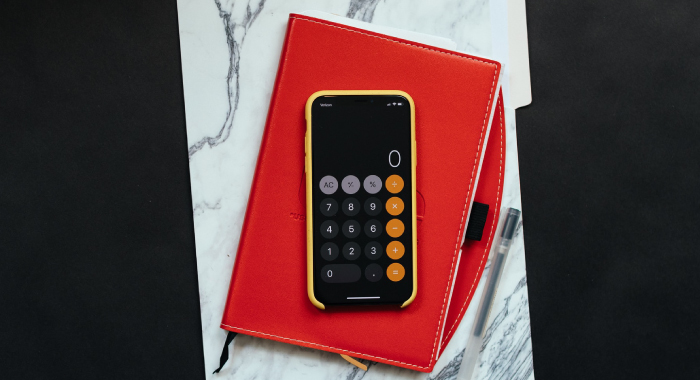Sometimes the hardest part about budgeting is sticking to a plan. The “set it and forget it” mentality can be a stress-free way for some to manage their money; but for others, autopiloting their finances leads toward speed bumps like missed bills or debt accumulation. If that’s the case for you, you may want to try a more hands-on approach to budgeting by having a monthly plan, down to the dollar. Welcome to zero-based budgeting!
What is zero-based budgeting?
Zero-based budgeting gives every dollar in your budget — from income to expenditures — a purpose. Each month, your income minus your expenses should equal zero, so you know where every cent of your money is going and there’s nothing left over in your checking accounts. If you underspend in one category, then you can reallocate that money to a different category, and conversely, if you overspend somewhere, you’ll need to pull funds from one of your other allocated categories.
It might sound complicated at first, but once you get in the habit of sticking to various spending categories, it takes the guess work out of your expenses and more closely aligns the money you make with the goals you’ve set. Need to know how much money you can afford to spend out to eat this month? Just check the budget!
Where to start
The very first thing you should do when creating a zero-based budget is calculate you average monthly income (and don’t forget to include any funds from side hustles!). This number should be after taxes and any retirement contributions have been taken out. Next is the fun part (as far as budgeting goes)! Make a list of all the categories where you want your money to go each month. Here are some examples:
- Rent and utilities
- Groceries
- Transportation
- Date nights!
- Savings
- Debt and loans
- Health Insurance
- Monthly Subscriptions
- Pets
- Childcare
- Investments
- Charity
Once you decide how you want to categorize your expenses, you can use your monthly bank statements to come up with realistic figures to allocate toward each category. Then, subtract those expenses from your income and adjust the budget accordingly until you get zero.
You may need to tweak your budget a few times to get it right. For example, if your expenses exceed your income, putting you at a negative sum, then try cutting back on a category that month. It may be helpful to prioritize the spending categories you’ve set for yourself, so you know where it will be easiest to cut back — like on investments or eating out — and where it’s best to put more money if possible—like into savings or toward a credit card bill.
Helpful Tip: When making your zero-based budget each month, base it off of your income from the month before so that you’re only dealing with money that’s already in your bank account rather than relying on future paychecks. This is especially helpful if your income varies month to month.
Below is a helpful example of a zero-based budget for a single-income home, as well as a zero-based budget template to get you started! Feel free to use the categories shown, or use these a guides to create your own zero-based budget.
Staying on Track
Once you’ve planned out your budget, it’s time to put it into action! Zero-based budgeting requires a watchful eye — you’re the supervisor, making sure every dollar is doing the job you gave it to do. You may want to try using an automated budgeting app to help you keep track.
As the month progresses, check to see that your spending is matching up with what you planned, and if not, make adjustments for the next month. Zero-based budgeting is a great way to get in tune with your finances and your spending priorities, so you’ll begin to have a clear understanding of where your money goes each month.
Don’t forget to plan ahead! Start saving for big expenses that come up less regularly, like an annual vehicle registration or quarterly loan payment, and be sure to factor these into your monthly budget in advance. Remember that your zero-based budget isn’t static. When these big expenses come up, or if you know there’s an event or holiday around the corner, you may want to plan to allocate more funds into different categories like savings or gifts for a few months.
If you try zero-based budgeting and realize it’s not for you, don’t stress! There are tons of different ways to manage your money — it’s all about choosing what works for you and your income. Check out these basic steps to budgeting to help you find a method that works. And if you want some extra help staying on top of your finances, our partners at GreenPath Financial Wellness are always available with personalized financial advice. Trust us, you’ll be glad you called them.





